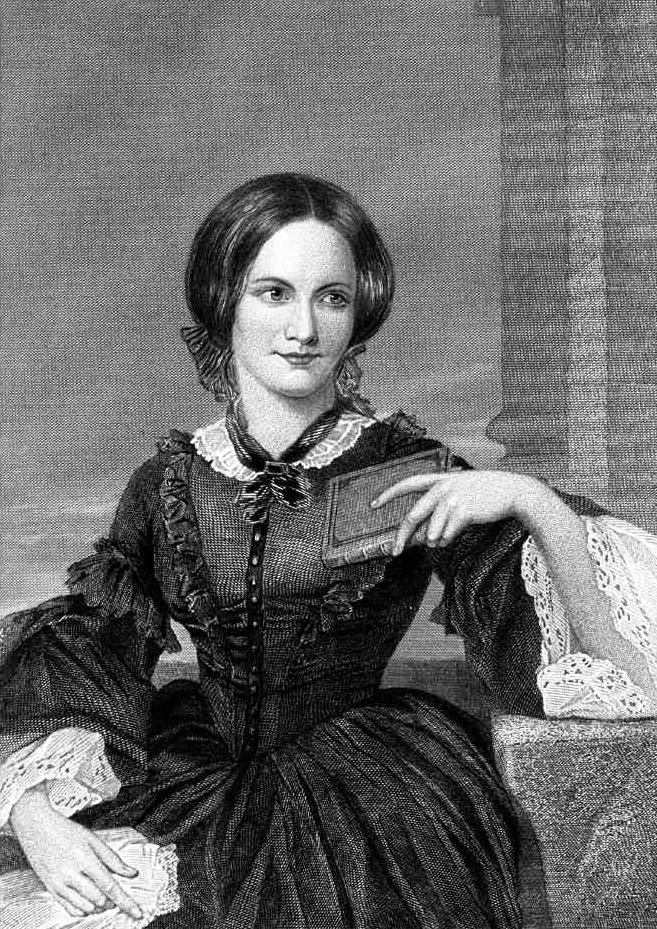The Poetic Signs of Consciousness in Charlotte Bronte's Jane Eyre - International Women's Day 2020
by
Dr. Mohammed Sameer Abd Elsalam
In her novel Jane Eyre, Charlotte Bronte revealed the inner poetic feminine energy of Jane Eyre through her paintings which represented her female identity, her consciousness, and unconsciousness.
These paintings also supported the development of the spiritual meeting between Jane and Rochester, and confirmed the concept of narrative identity according to Paul Ricœur, that Jane told her reader about the paintings through her subjective impressions, and her fantastic narration.
We can see the romantic, and expressive formations in Jane's feminine artworks which detected some of the mystic symbols, and unconscious signs sometimes.
We can see the feminine artistic tones in the discourse of the narrator of Charlotte Bronte's novel, that the paintings which created by Jane revealed her consciousness, and her inner paradoxes.
In her first work Jane implied to a mystic pleasure or a tragic pleasure that she foretold her feminine identity, and her own pain in a new poetic language, and she created new figure relations between her dream signs; such as crow, dead beautiful woman, and the blue sky.
In the second artwork Jane reproduced the poetic, and the cosmic identity of woman image which formed in her consciousness; that the imaginary sign of woman was entered the cosmic scene.
In her last dream, we can see the mystic unconscious dark signs, and the feminine artistic identity in the same time; the glow of female dream in the white flame sign, and disappearance of existence beyond the black cover.
I see that the three feminine dreams of Jane in Charlotte Bronte's novel are still inspirational, and also so effective on the international women’s day.
Dr. Mohammed Sameer Abd Elsalam msameerster@gmail.com



